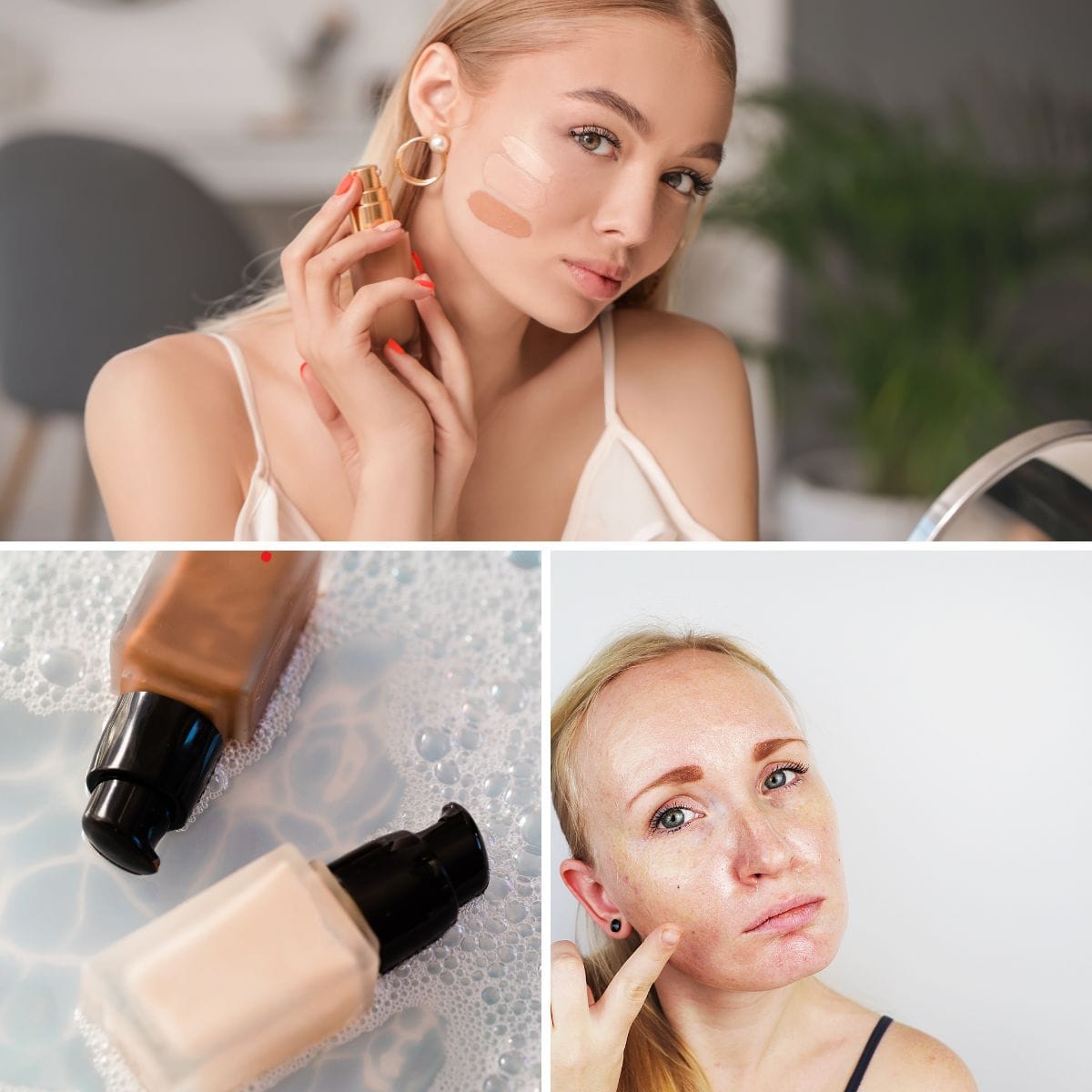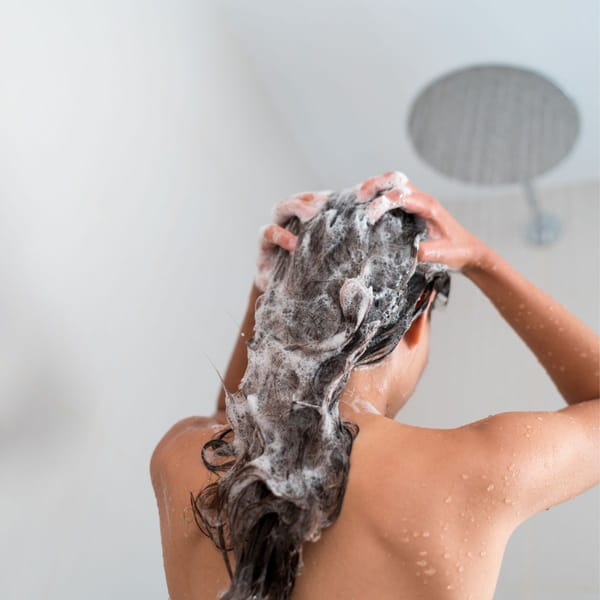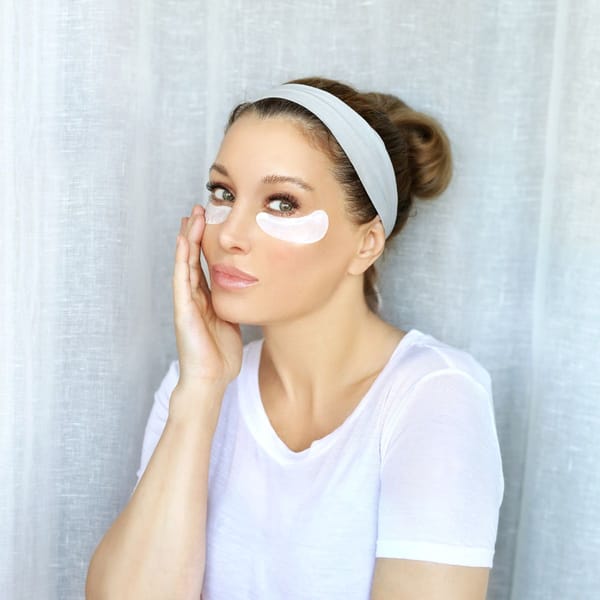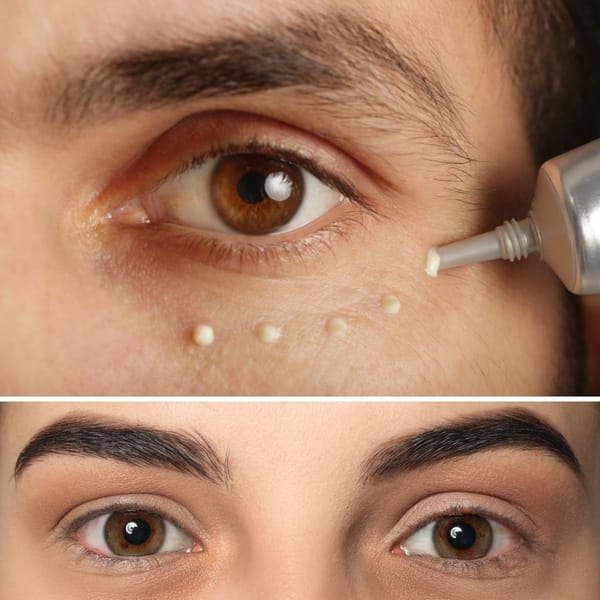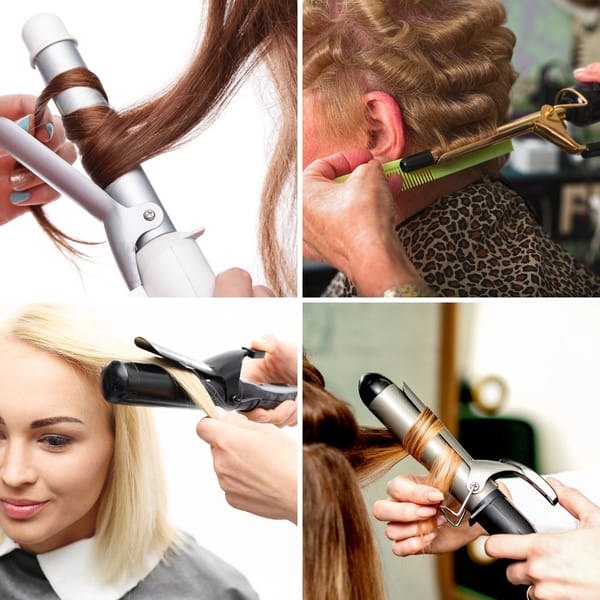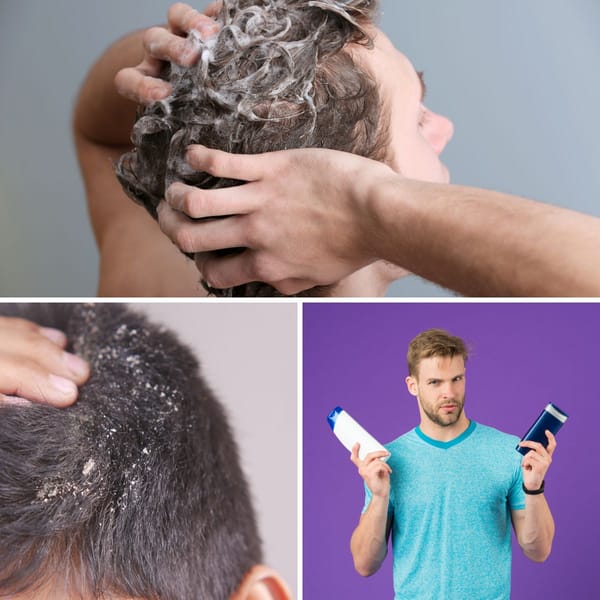Achieving a flawless makeup look on oily skin can be a challenge, but it's entirely possible with the right techniques and products. If you're struggling with excess oil and unwanted shine, this comprehensive guide is here to help you master the art of makeup for oily skin types.
Key Takeaways:
- Utilize oil-free and mattifying products to control shine and absorb excess oil.
- Apply makeup using techniques and tools that cater to oily skin for long-lasting wear.
- Maintain your makeup throughout the day with touch-ups and oil-absorbing products.
Understanding Oily Skin and Makeup
Oily skin produces extra oil, often leading to a shiny complexion and makeup that seems to slide off your face. The key to making makeup look good on oily skin is to understand your skin type and how to work with it. Makeup artists emphasize the importance of a tailored approach to ensure that makeup adheres well and maintains a matte finish throughout the day.
Prepping Your Skin: The First Step
Before applying makeup, it's crucial to prepare your skin. Start with a gentle cleanser designed specifically for oily skin types to remove excess sebum without stripping your skin of its natural moisture. Follow up with a toner containing ingredients like salicylic acid or bentonite clay to help control oil production.
The Role of a Good Primer
A mattifying primer is your best friend when it comes to oily skin makeup. It creates a smooth canvas for foundation and helps to minimize the appearance of pores. Look for a primer with a silicone or oil-free formula that can absorb oil and keep your makeup in place for longer.
Foundation Selection: Liquid or Powder?
When choosing a foundation for oily skin, opt for an oil-free formula with a matte finish. Powder foundation works well to absorb oil and reduce shine, while liquid foundation should be non-comedogenic and applied with a foundation brush to avoid adding warmth and more oil from your fingers.
Concealer for Oily Skin
To cover dark circles and blemishes, a concealer with staying power is essential. Look for products that promise long wear and are resistant to oil. Apply with a brush or a cotton pad and allow it to air dry for a few seconds before blending.
Setting Your Base with Powder
A light dusting of loose powder or setting powder helps to set your makeup and control shine. Focus on the T-zone, where oil is most likely to break through. Use a large, fluffy brush to apply the powder in a light, even layer.
Blotting Sheets: Your Secret Weapon
Throughout the day, blotting sheets can be a lifesaver for touch-ups. Gently press a blotting paper onto areas of excess oil to absorb it without disturbing your makeup. This helps to maintain a matte appearance without adding layers of product.
Eye Makeup Tips for Oily Skin
Eye makeup can be particularly tricky for those with oily skin. Use an eye primer to prevent creasing and choose powder eyeshadows over cream products. Waterproof formulas for eyeliner and mascara can also help prevent smudging caused by excess oil.
Setting Spray: The Finishing Touch
To ensure your makeup stays put, finish with a setting spray designed for oily skin. Look for a formula that promises a matte finish and sweat-proof protection. A quick spritz will help lock everything in place and add a refreshing boost.
Skincare and Makeup: A Balanced Approach
Incorporating skin care into your makeup routine can make a significant difference. Products with hyaluronic acid can hydrate the skin without adding oil, while regular exfoliation can help prevent pores from becoming clogged with excess oil and makeup residue.
Adjusting Your Makeup Routine Seasonally
Your skin's oil production can change with the seasons, so it's important to adjust your makeup routine accordingly. In warmer months, you may need to use more mattifying products and blotting papers, while in cooler months, you might find that a lighter touch is sufficient.
The Importance of Regular Makeup Brush Cleaning
Makeup brushes can harbor oil and bacteria, which can exacerbate oily skin issues. Clean your brushes regularly with a gentle soap and warm water to ensure that your makeup applies smoothly and your skin stays clear.
Summary
Mastering makeup for oily skin is all about choosing the right products and applying them in a way that combats excess oil and shine. From prepping your skin with the right skincare to setting your look with a mattifying spray, each step plays a crucial role in achieving a beautiful, long-lasting makeup look. Remember to adjust your routine as needed and keep blotting sheets on hand for quick touch-ups.
FAQ Section
Q: What type of foundation is best for oily skin? A: For oily skin, it's best to use an oil-free, matte finish foundation. Powder foundations are great for absorbing excess oil, while liquid foundations should be non-comedogenic and applied with a foundation brush for best results.
Q: How can I prevent my makeup from melting off due to oiliness? A: To prevent makeup from melting off, start with a mattifying primer, use oil-free makeup products, set your makeup with a loose powder or setting powder, and finish with a setting spray designed for oily skin. Blotting sheets can also be used throughout the day to absorb any excess oil.
Q: Can I still use hydrating products if I have oily skin? A: Yes, even oily skin needs hydration. Look for products that contain hyaluronic acid, which hydrates the skin without adding oil. Avoid heavy, cream-based products and opt for lightweight, oil-free moisturizers instead.

